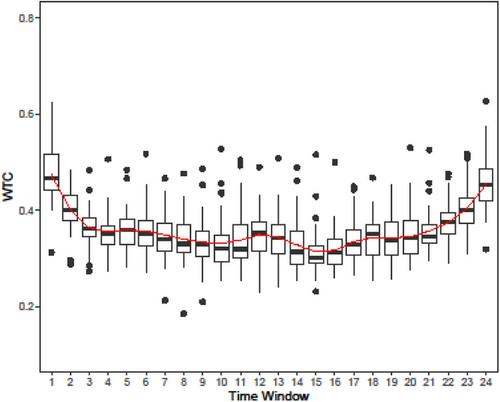In this study, we aimed to determine the role of parental praise and child affect in the neural processes underlying parent-child interactions, utilizing functional near-infrared spectroscopy (fNIRS) hyperscanning. We characterized the dynamic changes in interpersonal neural synchrony (INS) between parents and children (4–6 years old, n = 40 dyads) during a cognitively challenging task. We then examined how changes in parent-child INS are influenced by parental feedback and child affect. Parent-child INS showed a quadratic change over time, indicating a decelerated decline during the interaction period. The relationship of parental praise, in the form of positive feedback, to change in INS was contingent upon the child's positive affect during the task. The highest levels of INS were observed when praise was present and child affect was positive. The left temporo-parietal regions of the child and the right dorsolateral prefrontal and right temporo-parietal regions of the parent demonstrated the strongest INS. The dynamic change in INS during the interaction was associated with children's independent performance on a standardized test of visuospatial processing. This research, leveraging fNIRS hyperscanning, elucidates the neural dynamics underlying the interaction between parent praise and child positive affect, thereby contributing to our broader understanding of parent-child dynamics.
The level of interpersonal neural synchrony between parents and children dynamically varies during a cognitively challenging (tangram) task.
The left temporo-parietal regions of the child and the right dorsolateral prefrontal and right temporo-parietal regions of the parent demonstrate the strongest parent-child neural synchrony.
The relationship between parental praise (positive feedback) and parent-child neural synchrony is contingent upon child positive affect during the task.
Change in parent-child neural synchrony relates to children's performance on an independent visuospatial processing measure.



